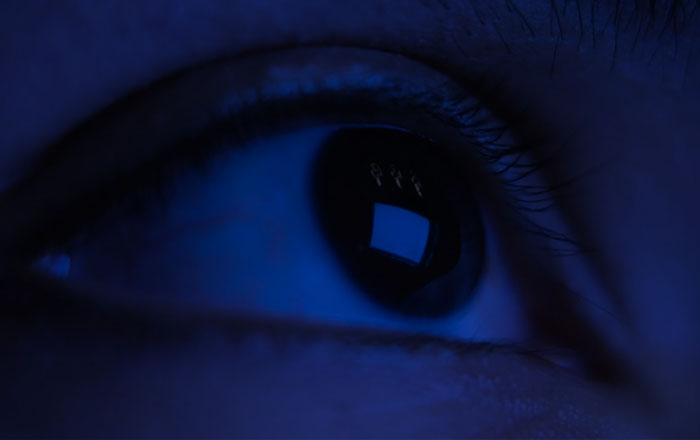
To mark World Sight Day (14 October), a new report by a Swansea University research team has revealed that blind and sight impaired people still face barriers that prevent them from fully utilising digital services.
Accessibility features are often treated as add-ons to ‘fix’ any potential problems, resulting in incompatibility in operating systems, web browsers, mobile devices, and platforms.
In addition to recommending better standardisation through adherence to, development and refinement of appropriate design guidelines and best practice, Swansea University researchers also suggest that a continuation of support and training is high on agenda as COVID-19 global pandemic has intensified existing digital divide and skill gaps between the sensory-impaired community and mainstream society.
One of the impacts of the pandemic was an increased reliance on digital communication technologies as an essential lifeline. However, in a report in partnership with the Royal National Institute of Blind People (RNIB) and RNIB Cymru, Dr Yan Wu discovered that there is a general lack of understanding of the barriers faced by people with sight impairment in negotiating the digital space which has had a serious impact on their lives.
Dr Wu, who is the Principle Investigator of this Challenging Human Environments and Research Impact for a Sustainable and Healthy Digital Economy Centre funded project, said: "Our society is increasingly relying on connected digital devices to get services, fulfil job requirements, and manage daily necessities. However, our research found that a lack of participation in the technology development process, poor web and app accessibility, as well as the lack of integration and standardisation across devices and platforms has hindered sight-impaired people from fully benefiting from the digital transformations experienced by the rest of society.”
Susan Thomas lives in Gowerton, is sight impaired and her experience of using technology contributed to the report. As a volunteer with RNIB and Sight Life in Swansea, Susan believes technology is very important to her everyday life. She says that she wouldn’t be without her smartphone and tablet and uses them often to shop for food and clothes. However, some websites don’t allow users to enlarge text or images and are difficult to use.She also understands how some sight impaired people may be nervous about online security.
Susan said:“It did take me a while to get used to the technology, and you can get anxious when you have to put your credit card number in. Once I had done it a few times I was confident and feel comfortable now. I can understand how some people may be reluctant to give it a go, but I had to do it otherwise there was no way forward for me.”
The research noted that while the Equality Act 2010 requires all national and devolved governments, and some charity and NGO websites and apps, to follow relatively strict accessibility guidelines, such restrictions do not extend to commercial websites in the UK.
Websites and applications for many of these commercial organisations have become increasingly used as marketing tools which results in frequent updates to prioritise promotion towards affluent urban professionals meaning accessibility features are not prioritised and often do not survive such updates.
RNIB Technology for Life Coordinator – Wales, Hannah Rowlatt said:“For people with sight loss, technology provides disproportionate benefits compared with the general population, but they face the greatest number of barriers to becoming digitally literate. Ongoing training and support is essential to people with sight loss developing skills, confidence and adopting digital solutions for independence and to promote wellbeing. Technology changes all the time and continued support means people not only gain the skills needed but keep them.”
